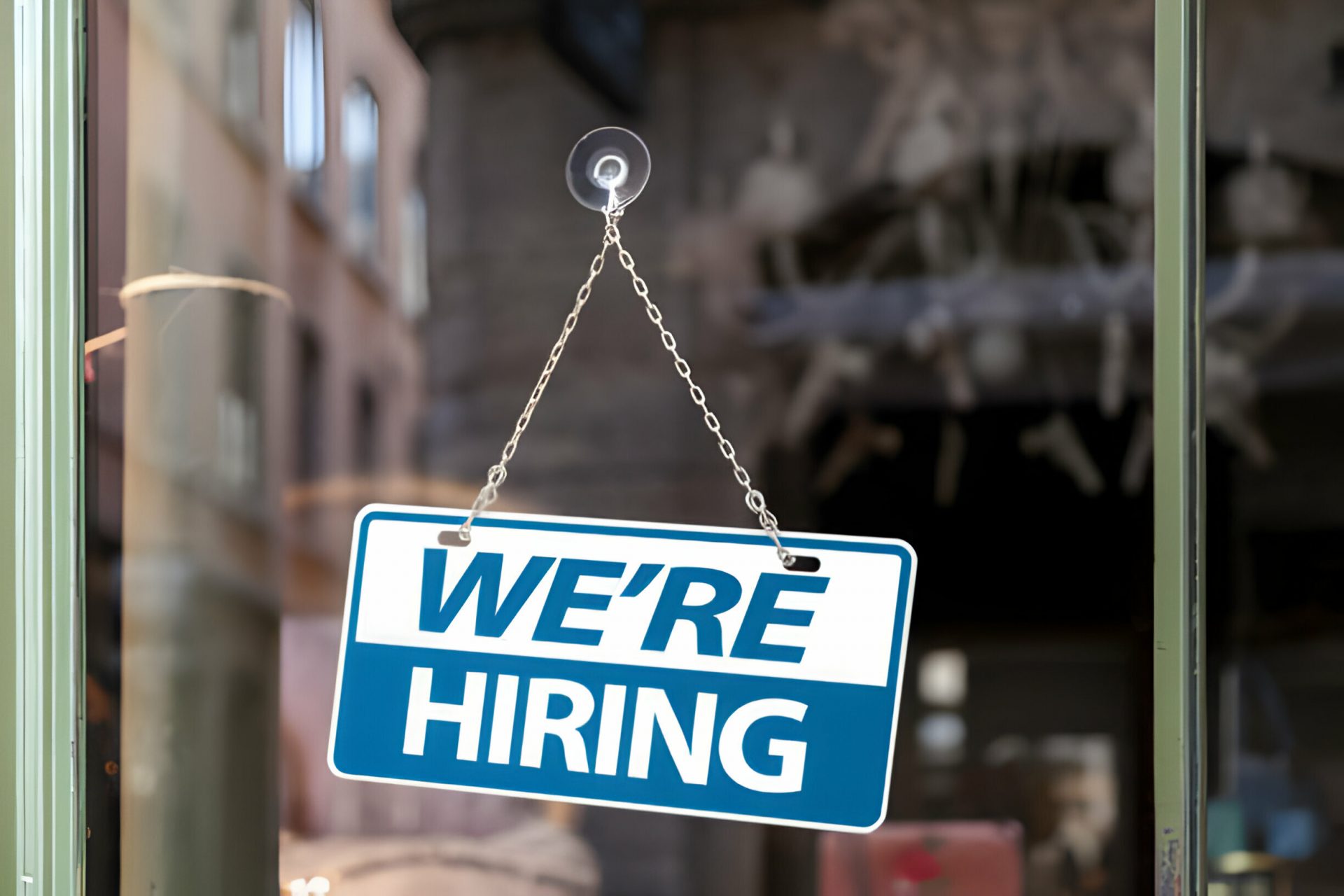According to a new survey by the global consulting and advisory giant Willis Towers Watson one in four U.S. employees believe they won’t be able to retire until after age 70, if at all, and nearly one-third (32 percent) say they anticipate retiring later than previously planned.
The Global Benefits Attitudes Survey of nearly 5,100 U.S. employees found 23 percent believe they’ll have to work past age 70 to live comfortably in retirement while another 5 percent don’t think they’ll ever be able to retire.
According to the survey, while the average U.S. employee expects to retire at age 65, they admit there is a 50 percent chance of working to age 70.
Older workers frequently have higher stress levels
“Although their financial situation has improved over the past few years, many workers remain worried about their long-term financial stability,” said Steven Nyce, a senior economist at Willis Towers Watson, in a press release about the survey. “In fact, the only way for many employees to achieve retirement security and overcome inadequate savings is to work longer. Interestingly, employees are increasingly looking to their employers for help with retirement.”
And to underline that point, the survey found that more than six in 10 American workers (62 percent) would be willing to pay more out of their paychecks for more generous retirement benefits.
The survey also found:
- Some 40 percent of employees expecting to retire after age 70 have high or above average stress levels, compared with 30 percent of those expecting to retire at 65.
- For those planning to retire after age 70, less than half (47 percent) say they are in very good health, while nearly two-thirds (63 percent) of those retiring at age 65 state they are in very good health.
- Additionally, 40 percent of employees planning to work past 70 feel they are stuck in their jobs, compared with just a quarter of those who expect to retire at 65 (28 percent) or before 65 (27 percent).
More Millennials say they’ll be working longer, too
“With the vast majority of workers counting on their employer’s retirement plan as the primary way they save for retirement, employers have plenty of motivation to act. In addition to saving for retirement, employees are dealing with other, competing financial priorities such as housing and debt. Employers should take this opportunity to personalize their real-time decision-making support and recalibrate default enrollment to close the gaps in employee understanding about savings amount required and costs in retirement,” said Shane Bartling, senior retirement consultant at Willis Towers Watson.
What’s interesting about this survey is not just what it says about our againg workforce, but, what it also says about Millennials and younger workers. For example:
- A quarter (24 percent) of employees under age 30 believe they’ll retire in their 70s or later, increasing to 28% of those in their 30s and a third (33 percent) of those in their 40s.
- Over the past two decades, the percentage of U.S. men aged 65 or older who are working has grown from 15 percent in 2003 to 22 percent last year.
- Almost eight in 10 workers will rely on their employer retirement plan(s) as the primary vehicle they use to save for retirement.
None of the findings in the Global Benefits Attitudes Survey is terribly surprising, but it does make one thing clear: Younger workers who are waiting for Baby Boomers to finally retire and get out of the way may be waiting a lot longer for that to happen. Despite the improving economy, older workers aren’t going to get out of the way any time soon.
The Willis Towers Watson 2015 Global Benefits Attitudes Survey measured attitudes of over 30,000 non-governmental, private sector employees in 19 countries. A total of 5,083 workers from the U.S. participated in the survey, which was conducted between June and August 2015.
———-
John Hollon is vice president for content at Checkster. He is an award-winning journalist and nationally-recognized expert on leadership, talent management and smart workforce practice. This article first appeared on the Checkster blog.
Thanks for reading CPA Practice Advisor!
Subscribe Already registered? Log In
Need more information? Read the FAQs





